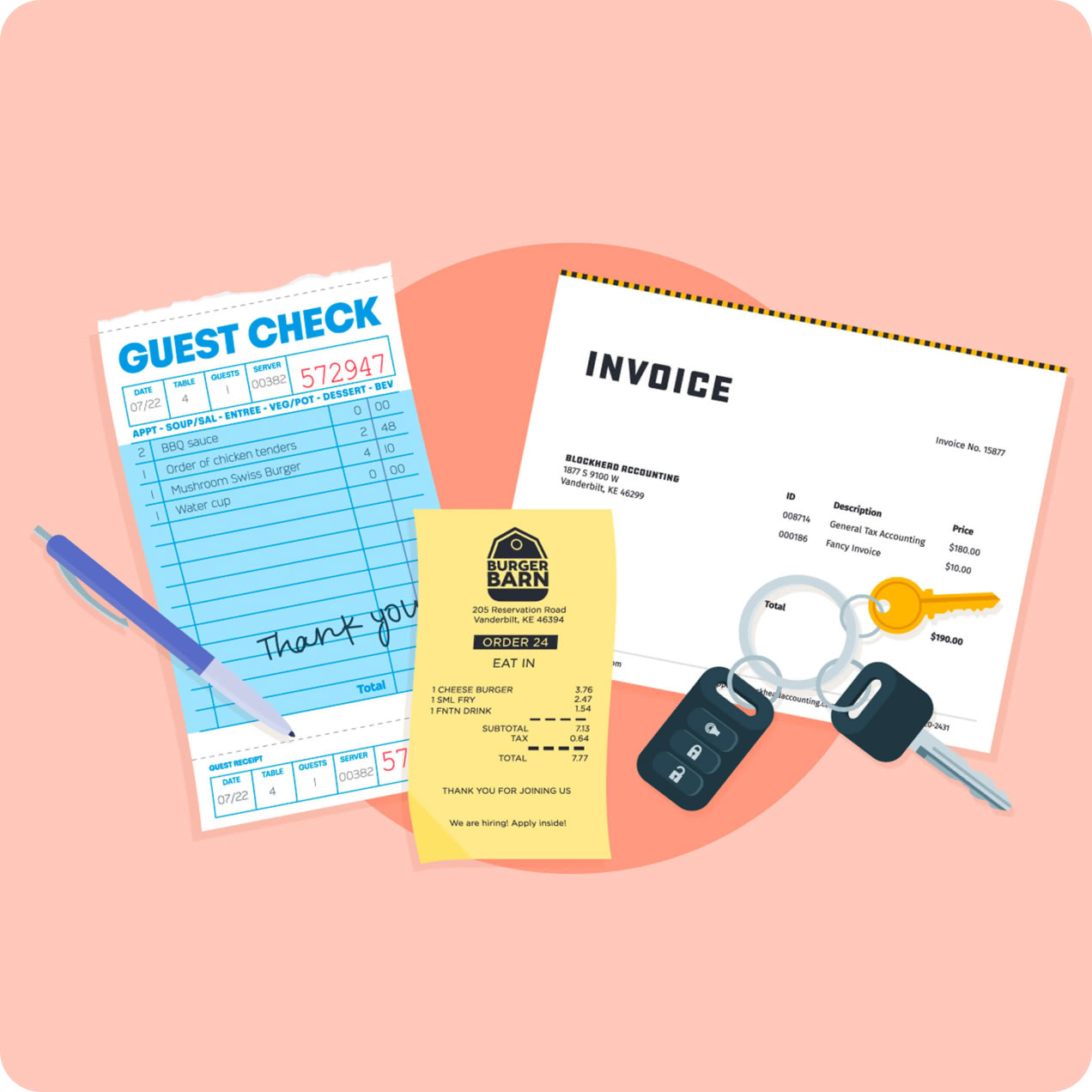
Here's how Advanced Budgeting aligns with curriculum standards in Washington. Use the filters to change the location, set of standards, and grade level.
12.SS: Spending and Saving
Develop a plan for spending and saving.
Standards
Defined by State Learning Standards: Financial Education 12th Grade and align with Advanced BudgetingDevelop a system for keeping and using financial records.
Standards
Defined by State Learning Standards: Financial Education 12th Grade and align with Advanced BudgetingDescribe how to use different payment methods.
Standards
Defined by State Learning Standards: Financial Education 12th Grade and align with Advanced BudgetingApply consumer skills to spending and saving decisions.
Standards
Defined by State Learning Standards: Financial Education 12th Grade and align with Advanced Budgeting12.CD: Credit and Debt
Analyze the costs and benefits of various types of credit.
Standards
Defined by State Learning Standards: Financial Education 12th Grade and align with Advanced Budgeting12.RM: Risk Management and Insurance
Justify reasons to use property and liability insurance.
Standards
Defined by State Learning Standards: Financial Education 12th Grade and align with Advanced Budgeting